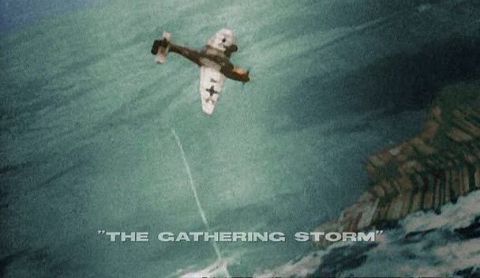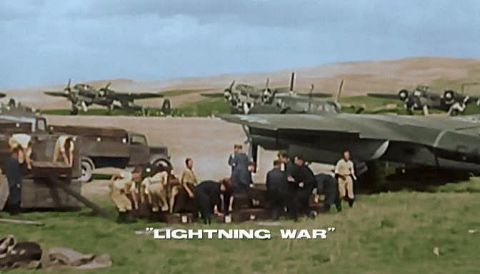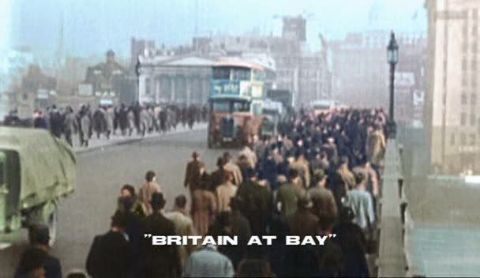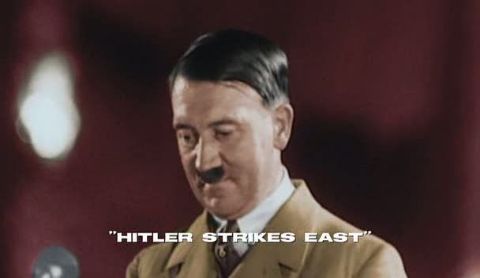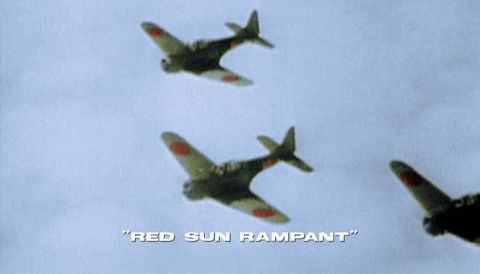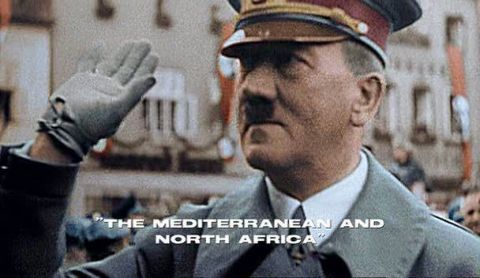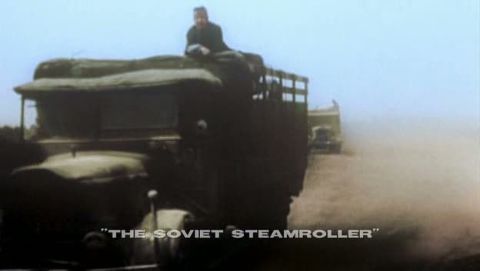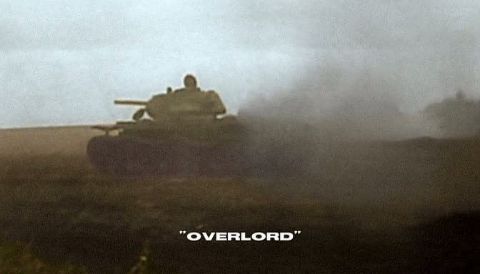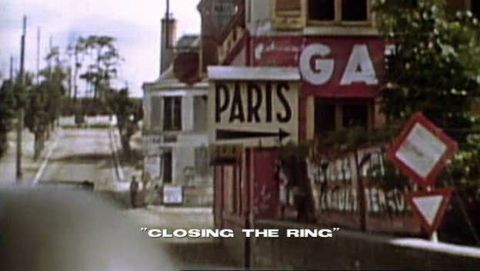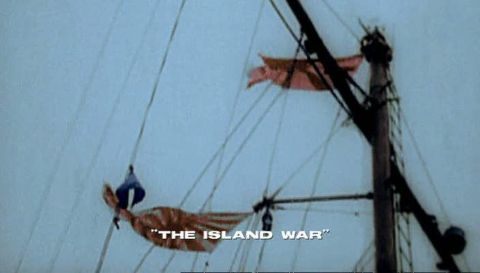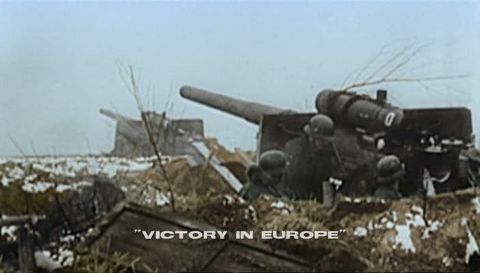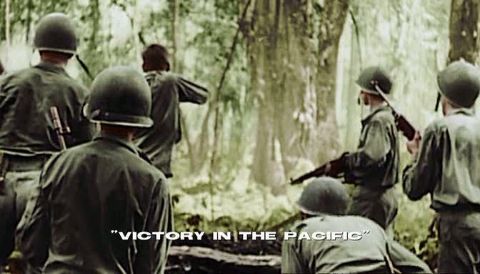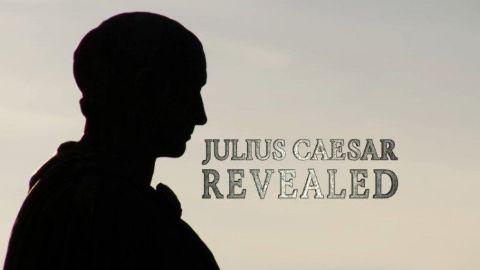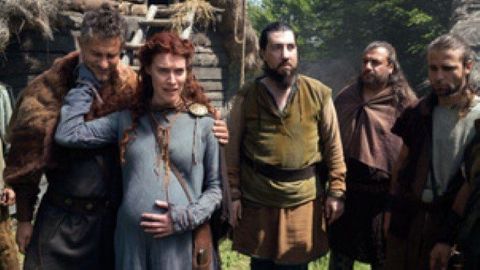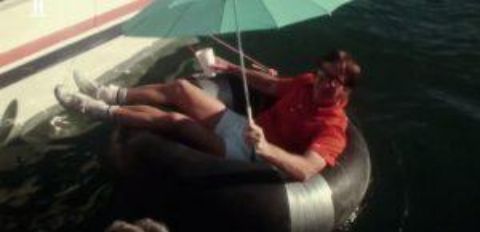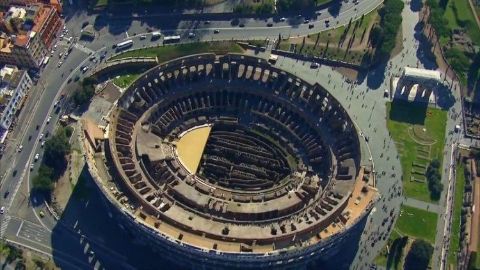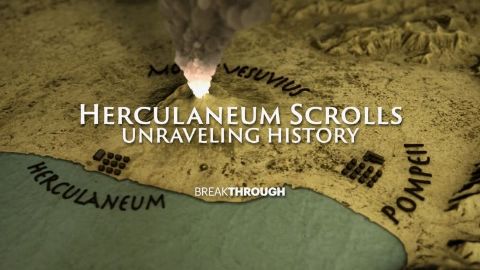World War II In HD Colour • 2009 • 13 episodes •
The series starts with that great paradox. How could the settlement at the end of World War One - the 'war to end all wars' - lead to an even greater conflict just a few years later ? The answer is a tale with terrible resonancy today. This film shows how the Great Depression sapped the will of the democracies of the West to face up to a new and disturbing political phenomenon - the rise of militaristic dictators, in Germany, Italy, Japan and Spain. The result was that the major powers ignored all the warning signs and allowed the likes of Mussolini and above all Hitler to begin the course that would lead the world into catastrophe. The programme ends as Hitler plots his attack upon Poland.
2009 • History
This film shows how the Nazis developed a terrifying new military tactic - Blitzkrieg - and how it caught first Poland and then Britain and France utterly unprepared. It charts the fall of Poland and how Hitler then conquered France in just a few weeks, an achievement that had eluded Germany throughout all the four years of World War One. It also reveals how heroic French resistance allowed the British to escape from Dunkirk and live to fight another day.
2009 • History
In June 1940, Britain stood alone against the Nazis. Hitler was convinced that it was only a matter of days before it sued for peace. He had more troops, a better air force and the better weapons. This film shows how close Britain came to defeat, as its exhausted air force struggled to fight all the German Luftwaffe. However, because of critical errors by the Luftwaffe commander Hermann Goering, Britain was able to regroup. Then using its brilliant team of code crackers and specially trained spies, it began the fightback, working alongside the resistance movements in the occupied territories.
2009 • History
When Hitler expounded his intention to invade Russia his generals looked at him in horrified silence. The Soviet Union was vast and had matchless resources. Hitler's whole plan depended upon striking a swift and decisive knock-out blow. Get sucked into a long, drawn-out war and Germany would surely lose. Hitler was certain his forces could do it. No one had so far defeated them. But there had never been a military gamble like it... This film takes in Stalingrad and the battle of Kursk, the biggest tank battle in all history.
2009 • History
December 7th 1941 is "a date that will live in infamy" proclaimed President Franklin Roosevelt. That was the day that Japan entered World War II, with its surprise attack upon the US Fleet in Pearl Harbour. Japan swiftly followed this up with the defeat of a huge British army in Singapore. For a while Japan was rampant in the Pacific. But gradually, America, the sleeping giant, awoke. The war that would follow would be characterised by major innovations. In particular, it saw the battleship consigned to history and the emergence of the aircraft carrier as the decisive weapons of the seas.
2009 • History
Mussolini's ambition had always been to recreate the old Roman empire. The trouble was, militarily, he was a disaster. After failed attacks in North Africa and Greece, his armies were on the run. Hitler, now faced a difficult choice. Did he divert troops needed at other fronts to support his ally, or did he let Mussolini fall ? Hitler chose to support him - a decision that would spell disaster for both of them. Hitler would lose hundreds of thousands of troops. Mussolini would be assassinated. This film tells the extraordinary story of the war in North Africa and features the heroics of the tiny island of Malta as it withstood wave after wave of Nazi assault. It ends with the Allies fighting their way up Italy and Germany in retreat.
2009 • History
Both the Allies and the Nazis were always looking for a single knock-out blow to end the war. Britain's Sir Arthur "Bomber" Harris thought the answer might lie in "strategic bombing." The idea was to blow the belt out of Germany's infrastructure and cities. This, he argued, would cripple the Nazis ability to wage a war and the ordinary people would soon lose the will to fight. But it led directly to the tragedy of Dresden, when Allied planes firebombed tens of thousands of ordinary Germans. The Germans believed that the decisive stranglehold would come from their submarines. If they could only cut American supply lines to Britain across the Atlantic, then the Allied effort would collapse. So begun a long game of cat and mouse between U-Boats and British and American convoys.
2009 • History
By July 1943, the full extent of Hitler's failed gamble in the East had become clear. After failing to deliver knock-out blows at Stalingrad and Moscow, his army was now at the mercy of the vast Soviet war machine. With its huge resources and seemingly limitless numbers of men, the Red Army slowly pushed the Germans back out of Russia through Ukraine, Poland, the Balkans and Hungary. This was war on a monster scale, pitching armies of millions against each other. But it was also a war fought by small bands of partisans, men like Tito in Yugoslavia, leading guerrilla bands against Nazi forces.
2009 • History
Today it is easy to see D-Day as inevitable - a straightforward victory against a German army that was already all but defeated. This film explodes that myth. It charts the careful planning of the campaign, the development of specialised equipment needed for the amphibious landing. It reveals the deception plan that wrong footed Hitler. It shows how the Americans were very nearly driven off Omaha beach. If that had happened, the whole operation might have failed. The film ends with the Liberation of Paris, as the Free French forces led by Charles de Gaulle matched down the streets of the capital.
2009 • History
In 1944 America and Britain in the West and Russia in the East began to close their pincer around Germany. But even now, the outcome was in the balance. The film explores the Allied disaster at Arnhem and the tragedy of the Warsaw uprising, when Polish freedom fighters were abandoned to their fate by Stalin. It tells the shocking story of the Liberation of the death camps, when the full extent of the Holocaust became clear for the first time. The film ends with Hitler's last great gamble, as he threw all his last reserves against the oncoming Allied forces in the Ardennes.
2009 • History
Since December 1941, a vicious war against Japan was being waged in the Pacific. The Japanese were driven back across the ocean, island by island, in savage hand to hand fighting. American dominance at sea was finally established in "The Great Marianas Turkey Shoot", when radar gave the US Navy advance warning of a huge Japanese attack and the last vestiges of Japanese naval air power were destroyed. But this film also looks at the war in the jungles, in places like Burma, where new specialist fighting units - like Orde Wingate's Chindits - slowly pushed back the Japanese despite horrific conditions.
2009 • History
The months of the war in Europe were shocking and desperate. This film follows the British and Americans as they cross the Rhine and the Russians as they push through Poland into Germany itself. It covers the horrors of the liberation of Belsen and Buchenwald, and the final terrible street fighting in Berlin. The story culminates in the suicide of Hitler, the carving up of Germany between the Allies, and the Nuremberg trials.
2009 • History
The end of the War in the Pacific is one of the greatest and most terrible tales of modern history. The Japanese fought to the bitter end and continued to fight island by island, hill by hill. US Air Force command tried bombing Japan into submission, firebombing Tokyo but could not break the Japanese resolve. Over 200,000 people died. In the end, President Truman decided to go nuclear and the fates of Hiroshima and Nagasaki were sealed.
2009 • History
